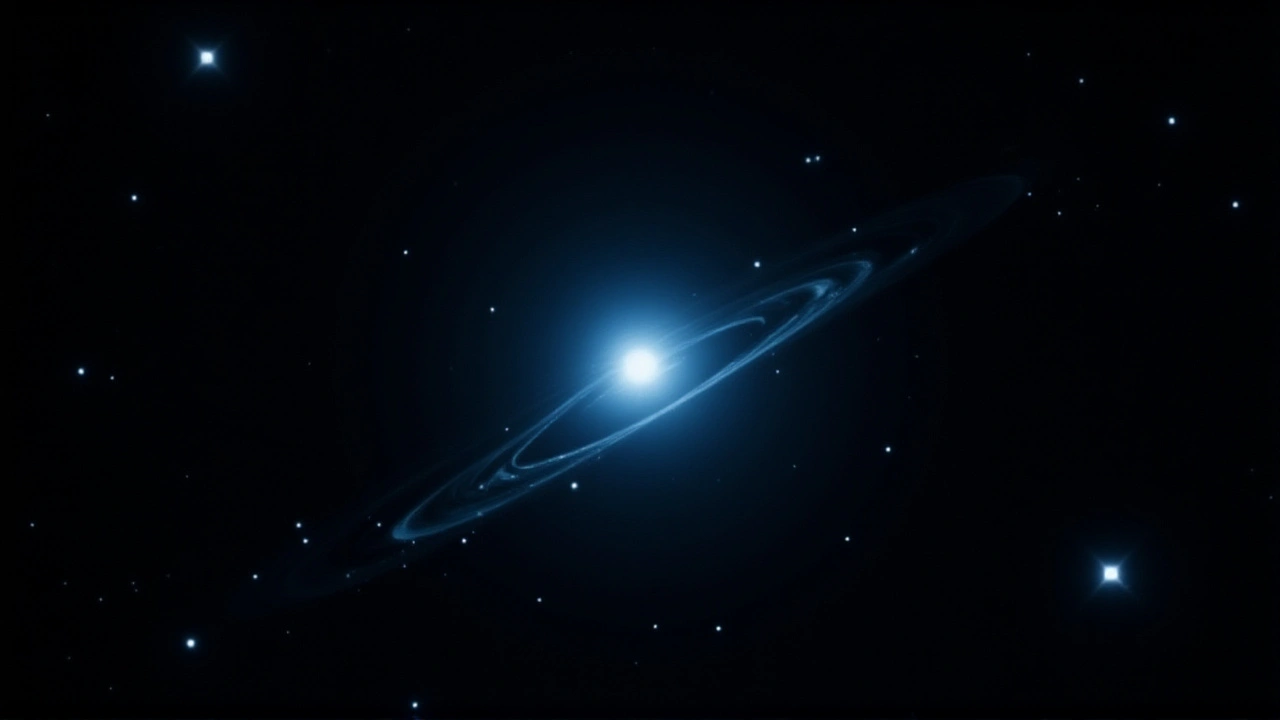HiRISE – High‑Resolution Mars Imaging Explained
When you hear about HiRISE, the High Resolution Imaging Science Experiment, a camera on NASA’s Mars Reconnaissance Orbiter that captures surface details as small as a meter, you’re looking at a tool that changed how we see the Red Planet. It isn’t just another space telescope; it’s a workhorse that turns blurry dots into crisp terrain maps, dust‑storm snapshots, and landing‑site previews. Mars, the fourth planet from the Sun and the focus of countless exploration missions becomes a laboratory when HiRISE points its lens down, and the images feed directly into rover navigation, climate studies, and geology research.
HiRISE doesn’t work alone. NASA, the United States agency that designs, launches, and operates the orbiter carrying HiRISE built the whole mission around the camera’s ability to deliver planetary‑scale detail. The agency’s goal is simple: provide data that can answer big questions about water history, volcanic activity, and potential habitability. In practice, that means every image is paired with a suite of instruments that measure temperature, composition, and topography, creating a multi‑layered view of the planet.
Why HiRISE Matters for Planetary Science and Remote Sensing
Planetary science thrives on high‑resolution data, and HiRISE supplies exactly that. Researchers use its photos to map ancient river valleys, spot fresh impact craters, and even watch sand dunes shift over months. Those observations feed models that predict climate cycles and guide future missions. Remote sensing, the broader field of gathering information from a distance, treats HiRISE as a benchmark; its clear, colored images set the standard for other orbital cameras and ground‑based telescopes.
One of the most exciting uses of HiRISE is scouting landing sites for rovers and landers. Before a rover touches down, engineers compare HiRISE’s terrain maps with safety criteria—looking for rocks, slopes, and dust that could endanger the vehicle. The camera’s ability to resolve features as small as a basketball lets teams pick spots that maximize scientific return while minimizing risk. This synergy between imaging and exploration illustrates the semantic triple: HiRISE captures detailed images of Mars, which NASA uses to plan safe rover landings.
Beyond mission planning, HiRISE fuels public fascination. The vivid, almost terrestrial photos circulate on social media, sparking curiosity about extraterrestrial geology. When a dust storm sweeps across a crater, the image looks like Earth’s own weather patterns, reminding us that Mars is a dynamic world. This public engagement feeds back into funding and support for space programs, creating a loop where scientific value and popular interest reinforce each other.
Another key relationship is between HiRISE and other instruments on the same orbiter, like the Compact Reconnaissance Imaging Spectrometer for Mars (CRISM). While HiRISE shows you the shape of a canyon, CRISM tells you what minerals line its walls. Together they enable a holistic view—one captures form, the other captures composition. This pairing demonstrates the triple: HiRISE provides high‑resolution texture, CRISM adds chemical context, and together they advance planetary science.
For students and early‑career scientists, learning to work with HiRISE data is now part of many curricula. Open‑source tools let anyone download raw images, stitch them into mosaics, and analyze surface features. This accessibility turns HiRISE into an educational platform, encouraging the next generation to practice remote sensing techniques and contribute to research projects.
In short, HiRISE is more than a camera; it’s a cornerstone of modern Mars exploration, a driver of planetary science, and a bridge between complex data and everyday curiosity. HiRISE continues to deliver fresh views that shape missions, inform models, and inspire people worldwide. Below you’ll see a snapshot of the latest stories that dive deeper into these themes, from breakthrough discoveries to the technical details that make them possible.


